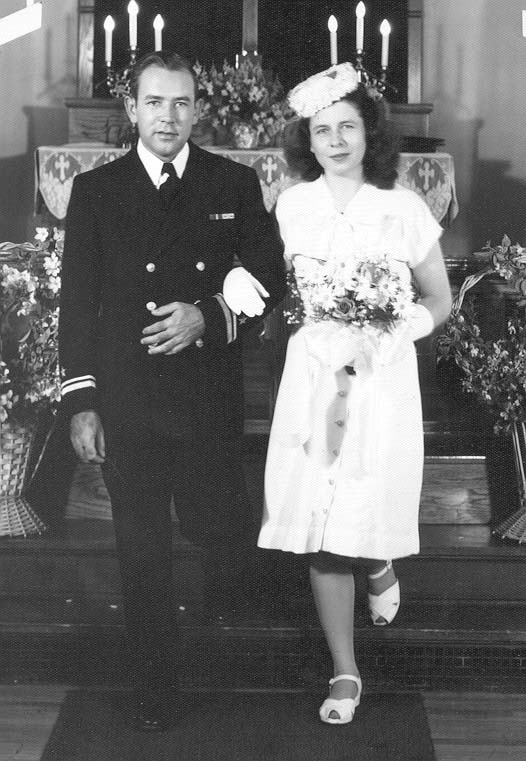
What the LSTs were really like

What the LSTs were really like
 Ralph A. Williams joined the Navy and after being commissioned as an Ensign
was off to join LST (Landing Ship Tank) 458 in the Pacific. He reported
for duty November of 1943 in New Guinea. The following are excerpts from
his recollections aboard LST 458:
Ralph A. Williams joined the Navy and after being commissioned as an Ensign
was off to join LST (Landing Ship Tank) 458 in the Pacific. He reported
for duty November of 1943 in New Guinea. The following are excerpts from
his recollections aboard LST 458:
The LSTs were made in the states and many of them were made in river towns. I think Terre Haute, Indiana was one. They were floated down the Mississippi to the sea. They were about 300 feet long and 75 ft. wide. The standard crew complement was about 112 of which seven were officers. They were designed specially to carry tanks - thus the designation landing ship tanks. We had sleeping quarters to carry about 135 passengers. We never carried tanks once all the time I was aboard.
The ship was powered by two GM 12-567 diesel engines for the twin screws. There were three auxiliary engines to supply DC power. We had one auxiliary in use all the time sometimes two depending on the power needs. It was like a "ghost" ship if we didn't have auxiliary power. The wind often blew fumes from the engine exhaust which was vented out the side unto the top side deck - and that was not pleasant.
The LST is basically a flat bottomed vessel made of steel about 1/4 inch thick. Under conditions under way it drew 5 to 6 ft. forward and about 12 - 14 ft. aft. The top speed with a clean hull was about 10 1/2 knots. We normally cruised at about 9 knots. As far as we were concerned, LST meant long slow target. In rough seas, the bow would come out of the water, the impact of the flat bottom would make the bow vibrate up and down several inches. Fortunately the waters around New Guinea were very calm. I don't recall one storm all the time we were there.
LST's of our vintage had a steering problem. Electrical signals from the wheel house on the bridge controlled a motor which in turn controlled the twin rudders. For no apparent reason some contacts would stick and the rudders would be stuck in a certain position. For this reason if we were under way in close quarters or sailing with other LSTs, we had to station two seamen in cramped quarters to take over the steering by hand. It was extremely difficult to steer by hand, but much better than no control at all. I lost count of the number of times our ship or another in our group would run up the signal flag that we had lost steering control and to stay out of our way.
The Biak Island support effort was interesting in that I got the chance to go ashore and walk inland a ways to some cliffs where severe fighting took place. Biak is a small island north of Dutch New Guinea. There were three or four of us that made the walk. There were caves in the cliff that the Japs had used. We did not explore them. We were probably foolish to go as far as we had but were fortunate that nothing happened.